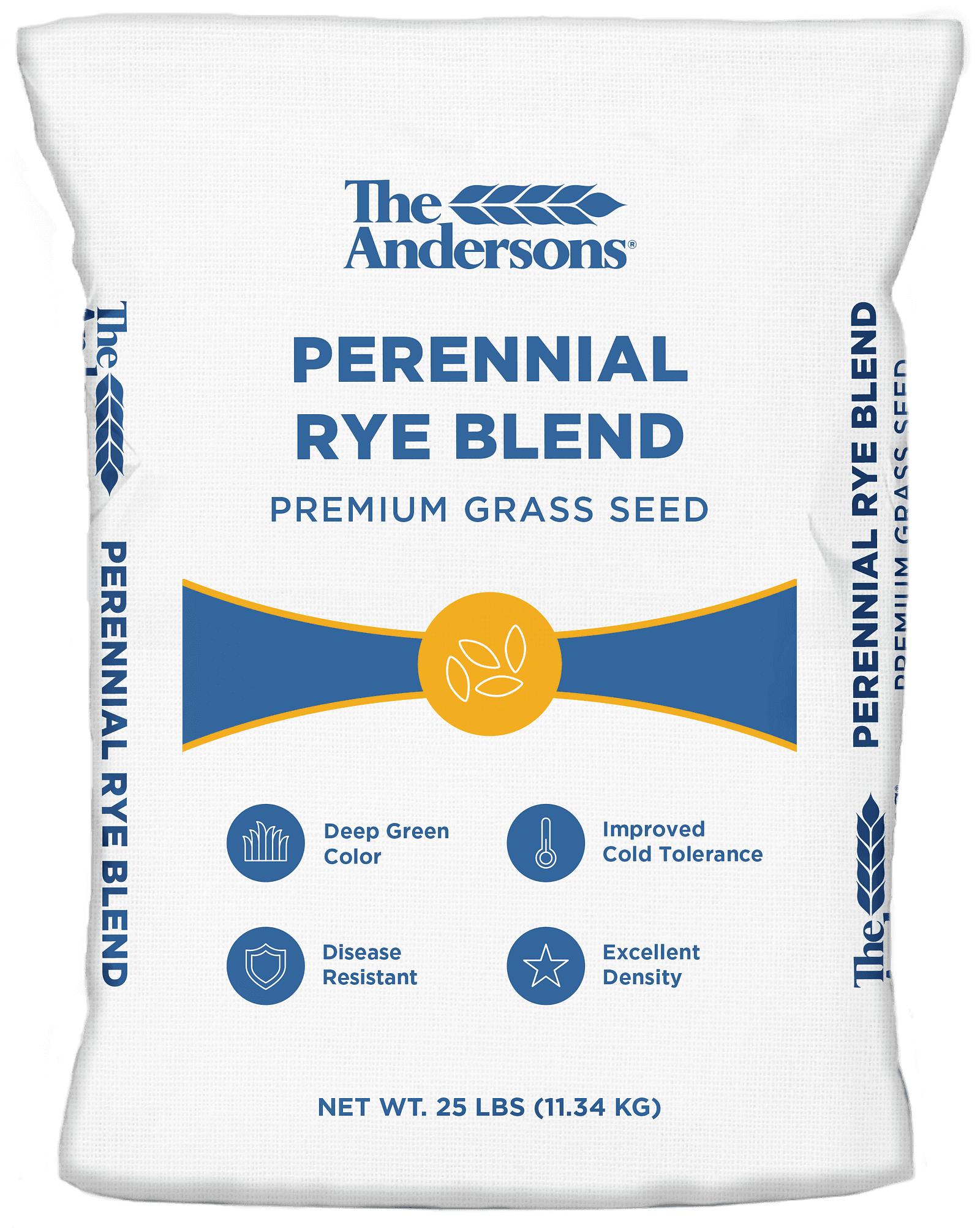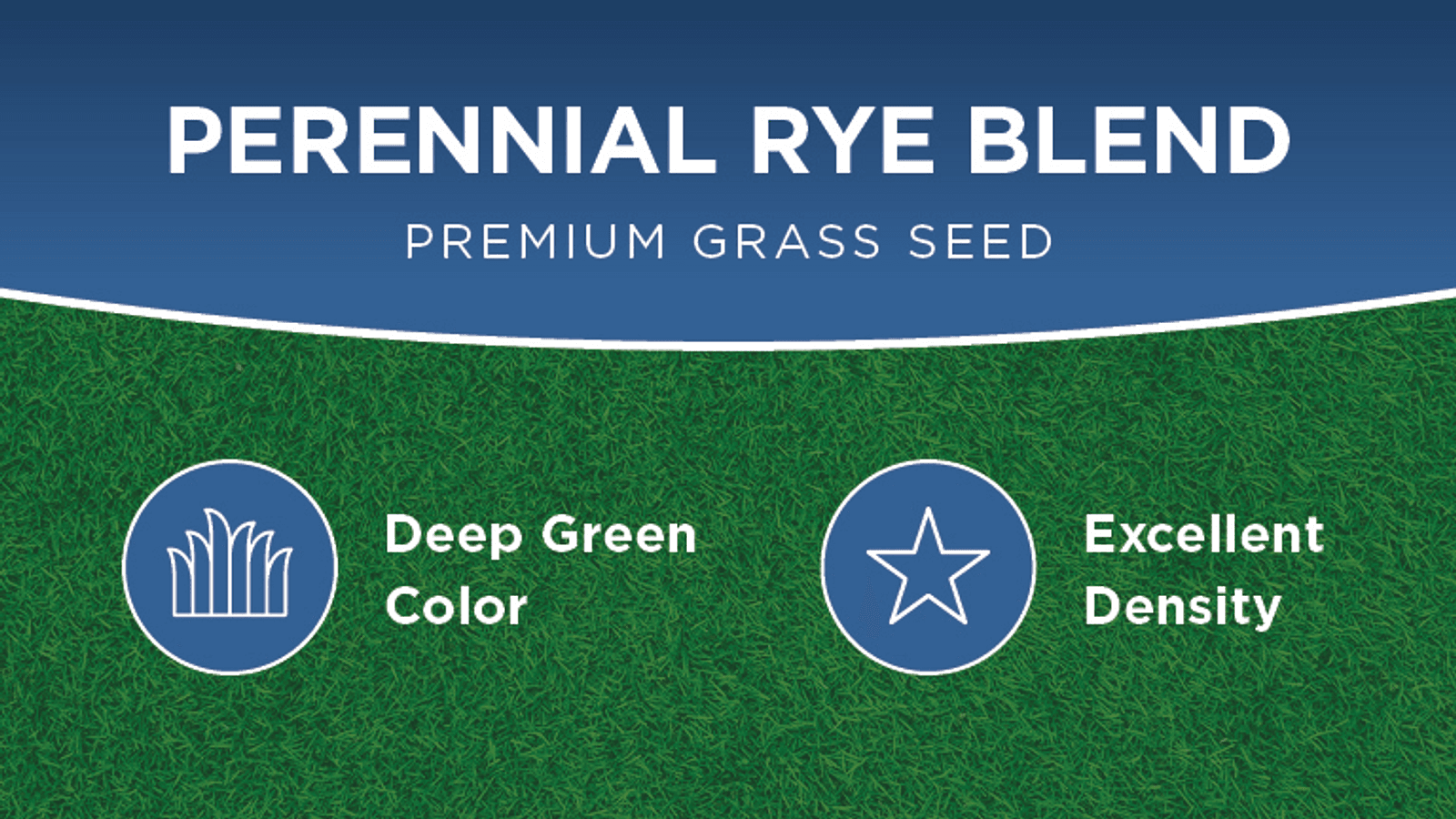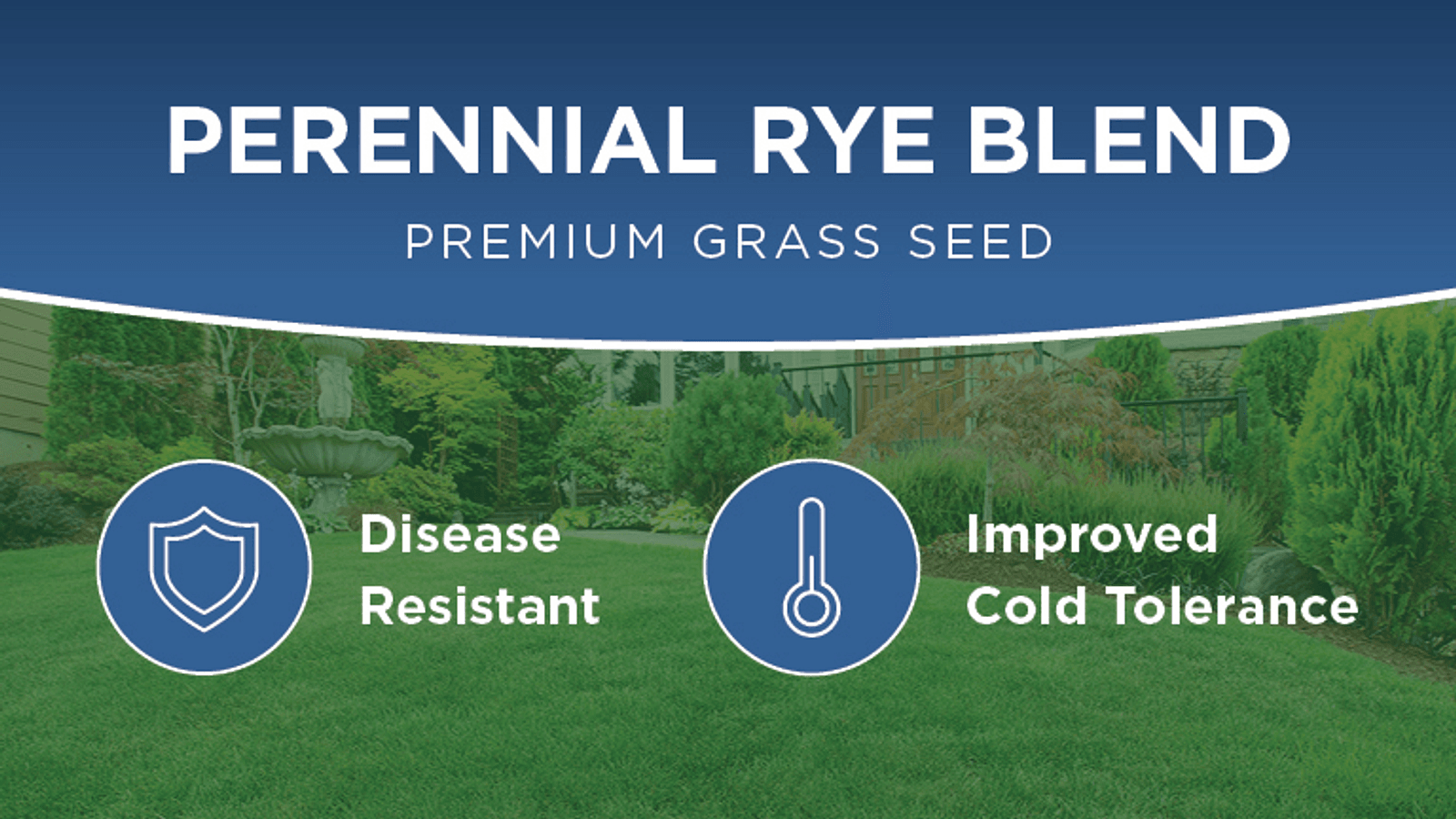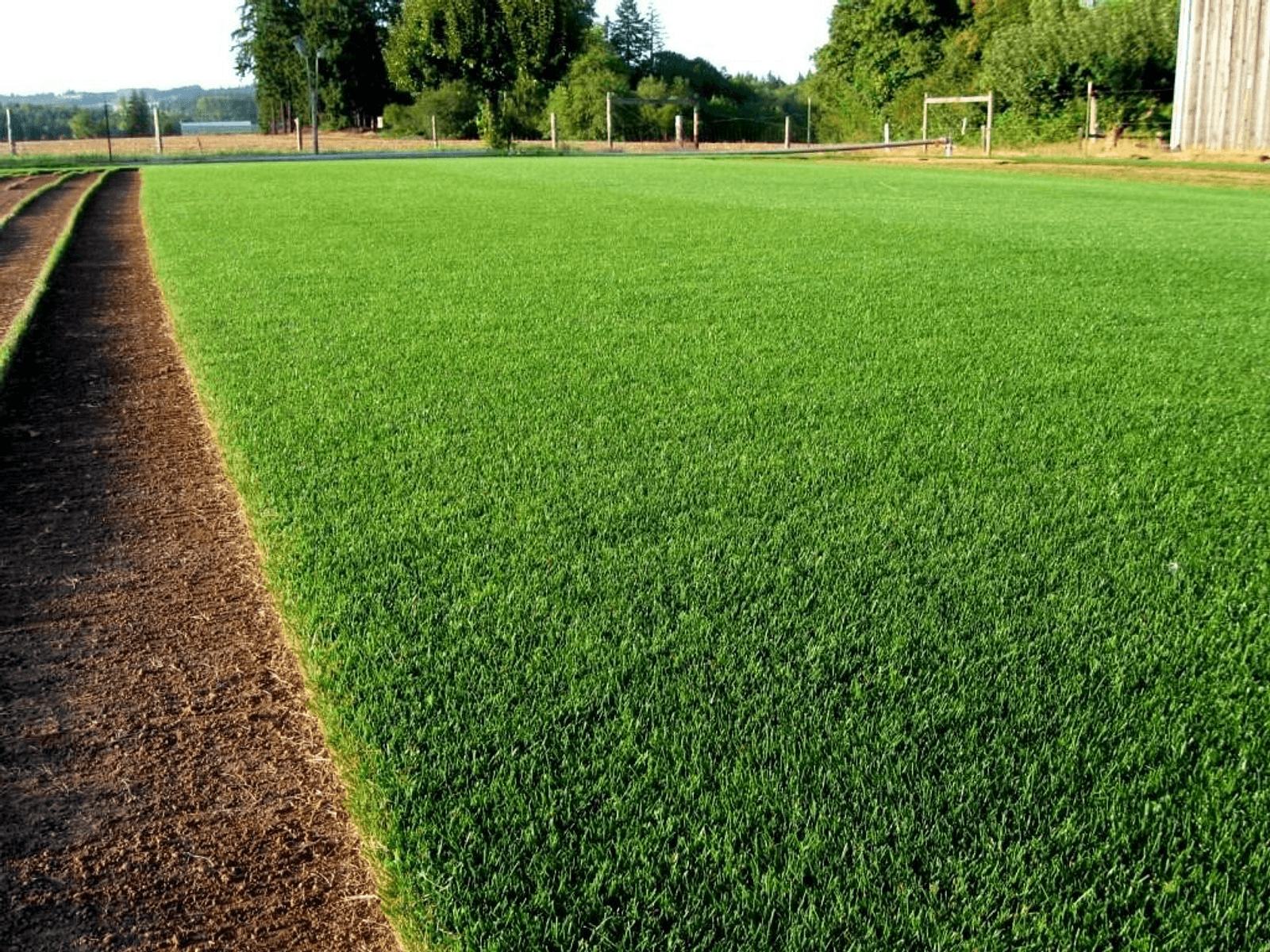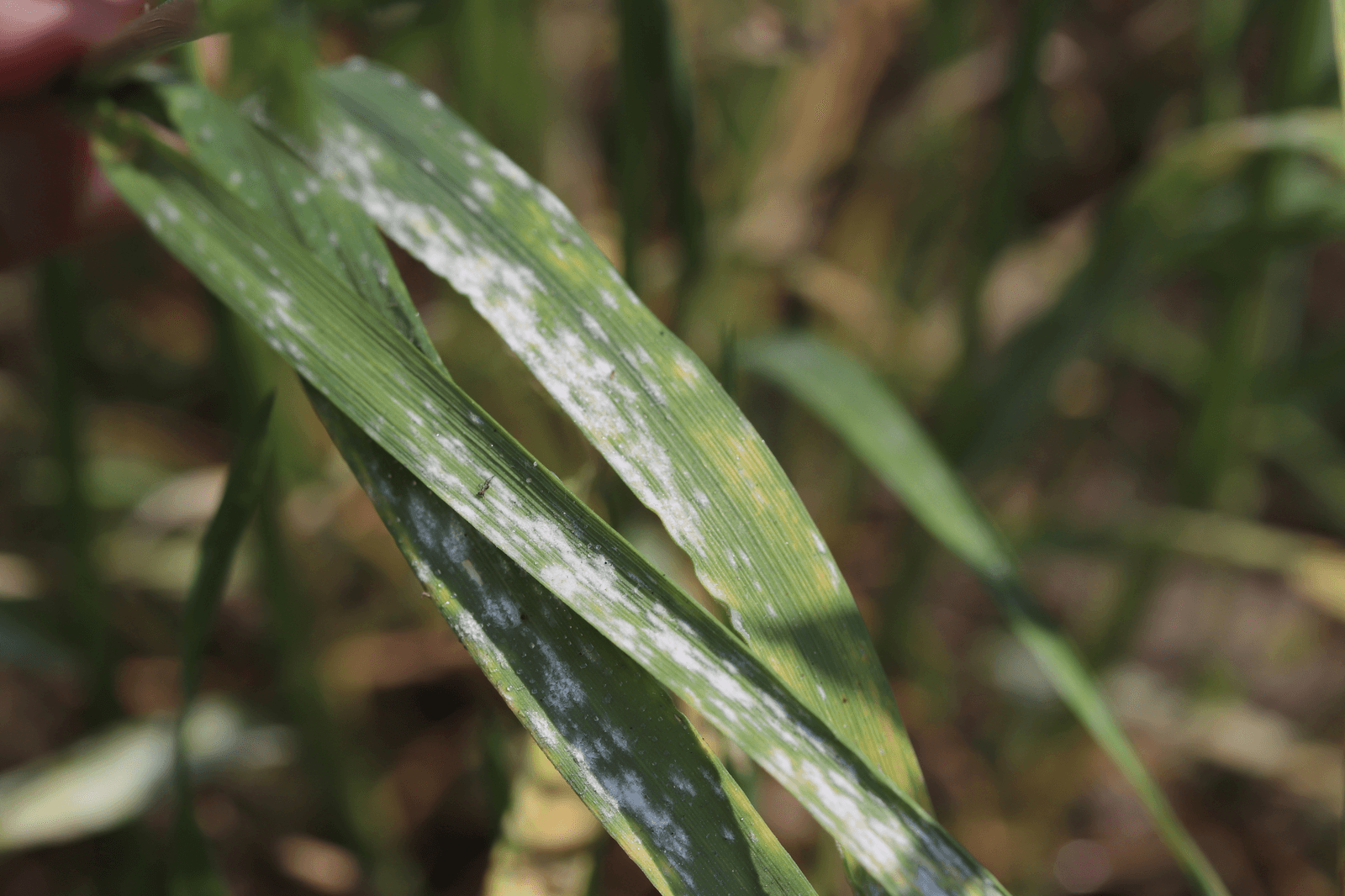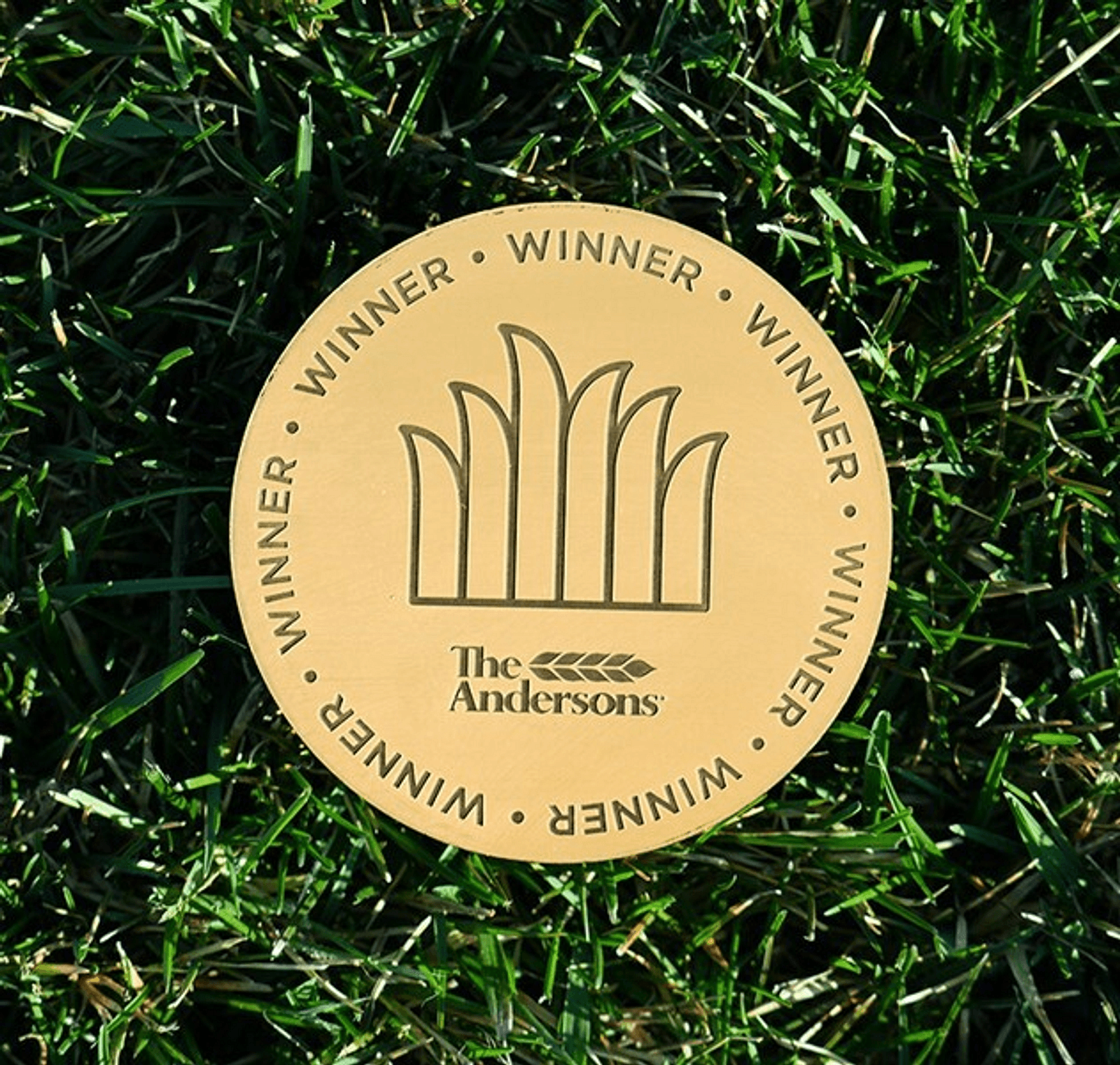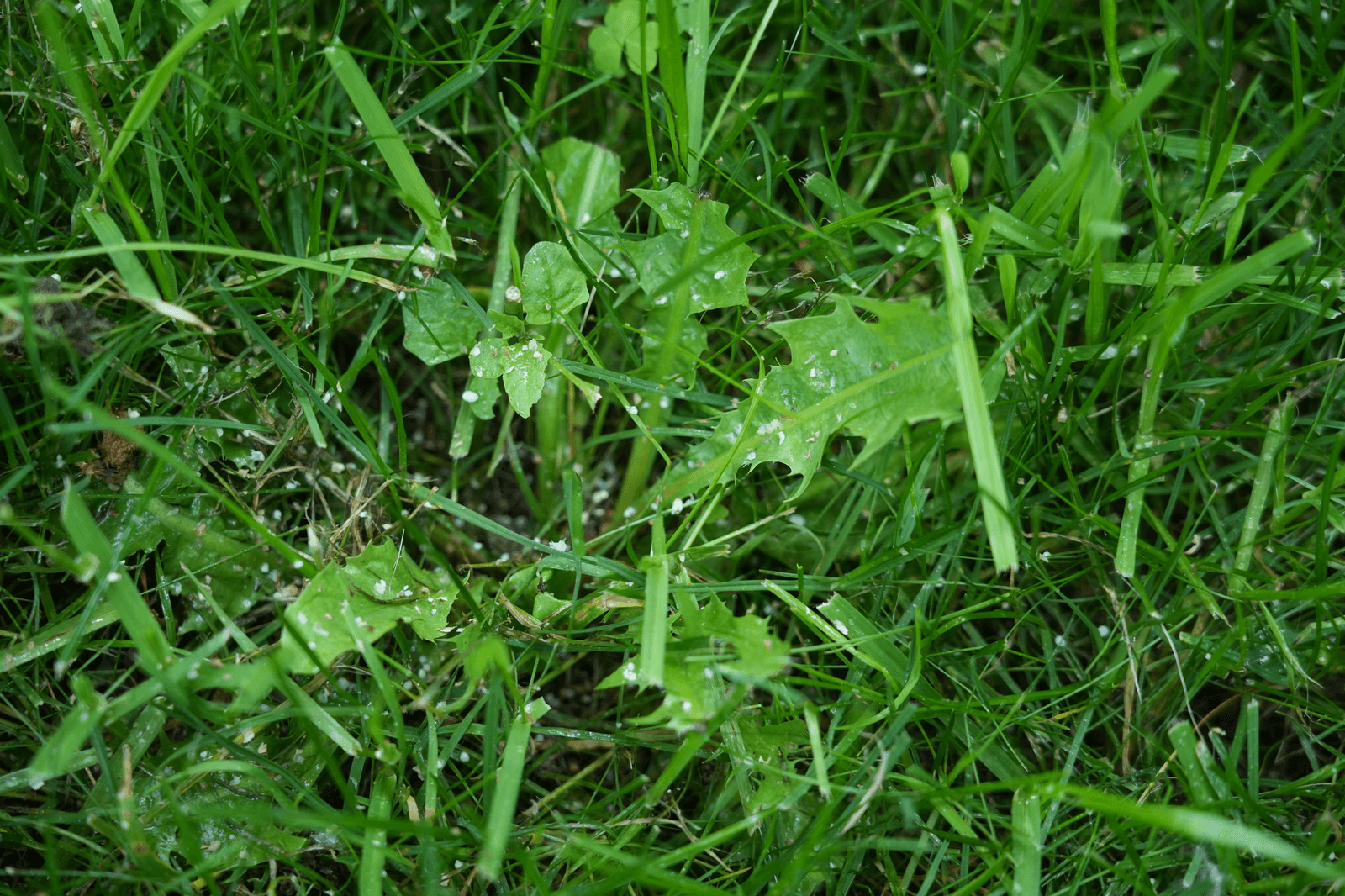Perennial Rye Blend
Premium Grass Seed
- Deep green color
- Disease resistant
- Better cold tolerance
- Excellent density
- Ideal for overseeding applications
- Can be used in both cool- and warm-season turf locations
- Contains 0.00% weed seed
- A low-input, A-LIST Seed
- Product of the USA
Overview
The Andersons Perennial Rye Blend is an elite grass seed mix that delivers a deep green color and excellent density, making it ideal for creating lush, vibrant lawns. Known for its exceptional disease resistance and better cold tolerance, this blend is perfect for overseeding applications in all zones. When used on cool-season turf, it helps enhance the overall lawn quality by filling in thin areas and maintaining green coverage throughout the growing season. In warm-season turf locations, perennial rye is used to overseed in the fall to provide a green appearance over the cooler months when bermuda has gone dormant.
This seed blend has been approved by the Alliance for Low Input Sustainable Turf. These varieties have shown the ability to maintain excellent turf quality under the harshest conditions, requiring less water, fertilizer, and chemicals to do so. It has been independently tested by the country’s most respected turfgrass science universities.
For new seeding at 7 lbs. per 1,000 sq ft, a 25 lb. bag can cover 3,571 sq ft. For overseeding at 5 lbs. per 1,000 sq ft, a 25 lb. bag can cover 5,000 sq ft.
| Package Sizes | 25 lbs |
SEEDING WITH PERENNIAL RYE BLEND GRASS SEED
NEW LAWN OR COMPLETE RENOVATION
1. Rototill the soil to a depth of 4-6 inches. Soil should be loose and clod free. If possible, apply soil amendment at this time.
2. Level the area to eliminate high or low spots then roll to firm the soil.
3. Apply starter fertilizer per directions.
4. Sow the grass seed at the recommended rate (see analysis tag).
5. Cover the seed with peatmoss or straw and rollover seed to get good seed to soil contact.
6. Moisten the soil to a depth of around 1 inch. Keep the root zone moist by watering 2 to 3 times per day (rainfall depending). Avoid creating puddles. Keep soil moist until the new lawn has fully germinated, 3 to 4 weeks.
7. New grass seedlings will begin to emerge in 7 to 10 days after seeding. Do not mow until your lawn is 3” to 4” tall – usually about 3 weeks from the time of planting.
8. After the first mowing, fertilize again. Do not apply weed and feed products for at least six weeks.
For new seeding at 7lbs. per 1,000 sqft, a 25lb. bag can cover 3,571 sqft.
OVERSEEDING
Overseeding can be done annually to help keep your lawn healthy and thick.
1. Mow lawn 0.5-1 inch and remove clippings.
2. Rake to loosen the soil and break apart thatch. Remove debris.
3. Apply starter fertilizer.
4. Apply seed evenly over the entire lawn at the recommended rate.
5. Keep the soil moist until the new seed germinates.
For overseeding at 5lbs. per 1,000 sqft, a 25lb. bag can cover 5,000 sqft.
PATCH REPAIR
1. Rake the spot to loosen the soil and break apart thatch. Remove debris.
2. Apply starter fertilizer and the seed to the spot.
3. Cover with peat moss, straw or compost.
4. Keep the area moist until the seed has germinated, approximately 2 to 3 weeks.
Related Products


